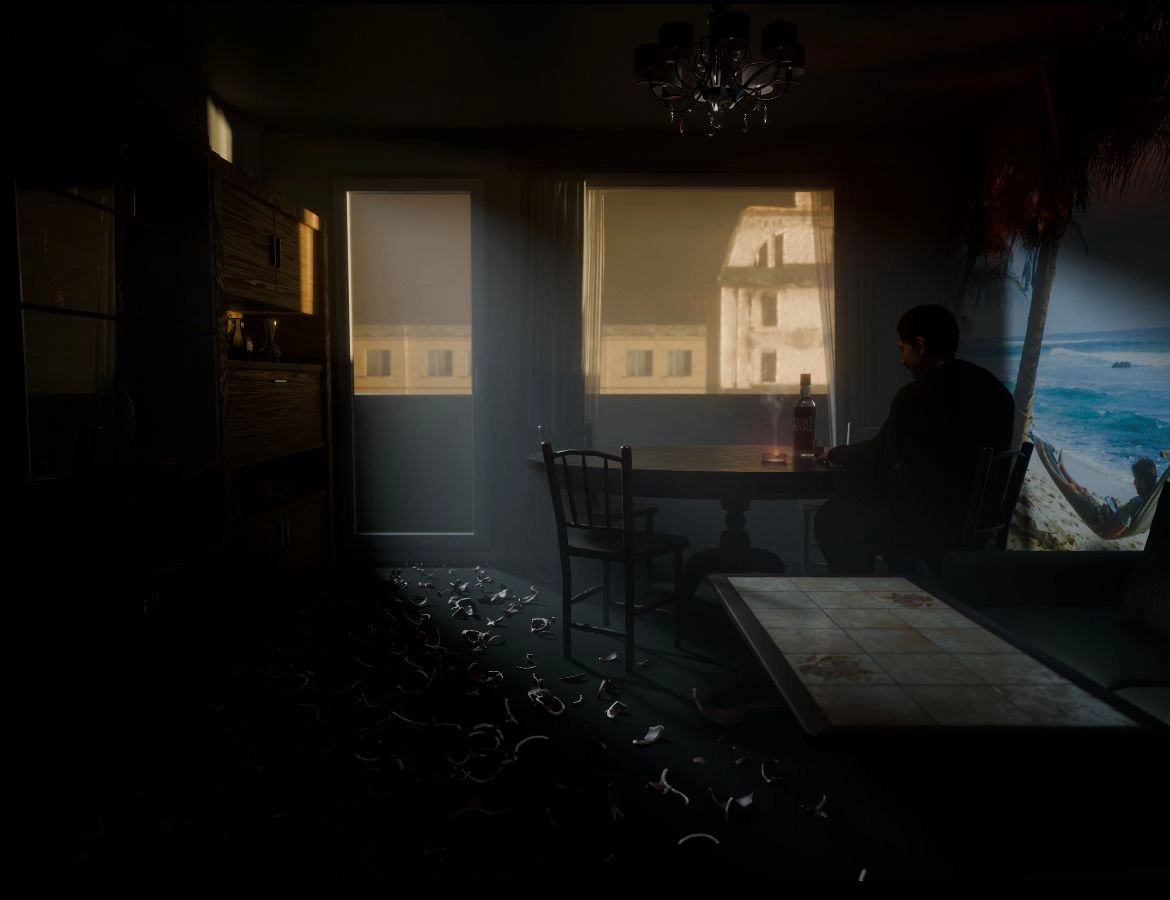Sanctuary

Ersan Mondtags first Group Exhibition with PILEVNELI Galery in Istanbul
The theater of dreams is a place without supervision. In this refuge, memory escapes the control of the day and pours out into the night passages. There, eerie accomplices appear and surprising doors open. Old and new anxieties transform into encrypted images. Time loses its dominion over experience; the journey back into one’s own past becomes child’s play. Everything that once seemed unclear suddenly appears in cruel clarity in the dream image.
But there is always an escape from the stage of mysterious connections, from frightening encounters, always a twist that seems impossible while awake but naturally works in the dream. Even the worst nightmares are so gripping and interesting because they help to decode the threats of reality anew. After awakening and the return into the logic of the day with its demands, reality looks quiet disappointing, even with a racing heartbeat. Yet the echo of questions lingers long as an inner-world oracle.
Ersan Mondtag’s installation Sanctuary is such a theater of dreams, where concrete memories of childhood undergo the metamorphosis of night vision. Family conflicts that threaten a boy’s primal trust become, in this multimedia work developed especially for this gallery event, a narrative of symbolic transformations. In the jumpy and fragmented manner of dream action, desperate acts are indeed acts of freedom. Strange helpers guide a child’s feelings through the psychic adventure. In the dream, where the irrational has a right, the silent scream of incomprehensible memories develops into a staging of suppressed desires. All floodgates of perception are open, all actions are possible and meaningful.
Sanctuary consists of numerous corresponding elements, but each tells an autonomous story.
The video work Mask forms a kind of primordial scene: it tells the dream story of a child's desire for revenge, opening a system of inner spaces where the child’s world overlaps with adult perception. In this psychic architecture of dream paths appear several motifs that unfold further in other media in new perspectives.
In an old tube TV from the time of the primordial memory, the dream is preserved. Mask consists of surreal sequences of a universally valid traumatic constellation that forms the material of this nightmare: parents fight violently, their son feels threatened and neglected, a new brother lies in the crib, claiming all love and care—and is identified in the child's awareness as the cause of the family rifts. In animated scenes where motifs from dramas, horror films, personal memories, and Ersan Mondtag’s over a decade of theater experience combine, the film transforms archetypal fears into a dream journey.
The sculpture of a child with legs in a sea of blood, whose shore is formed from shattered porcelain of parental quarrels, forms the plastic center of the dream landscape. Sleep movements recorded with a night-vision camera during a nightmare are projected onto the red surface.
Around this sculpture, the masks of the dream guides in their grotesque beauty form a kind of open witch circle. The consciously fragile nature of these heads made from cardboard and paint refers to the fleetingness of all dream work, while the heavy marble bases stand for the massive weight of memories that hold people at the place of their childhood, even if they live thousands of miles away.
A poetic commentary on these dream monuments is provided by a special radio program. A child recites a poem written for this work by the German author Albert Ostermaier, in which the entwined motifs of the installation are once again mirrored and transformed in literary form.
Finally, paintings with dream scenes, inspired by the imagery of the video, open further doors into the world of morphic imagination. A dark child's portrait and nine enigmatic moments of inexplicable events tell their autonomous story of the uncanny.
The DNA of the primordial scene is inscribed in each individual work of this large installation. In the theater of dreams, every detail can speak of the whole as well as the particular. In the Sanktuarium before the primordial destruction, a staging of hidden forces unfolds piece by piece. It works with the language of the visible against the obvious. Each work is a process of encirclement, a reconstruction of what cannot be reconstructed.
Ersan Mondtag’s star rose suddenly in the art scene in 2024 at the Venice Biennale. His multifaceted and performatively staged installation Monument for an Unknown Man, in which he thematizes his grandfather’s life story, was hailed by critics as a "sensation." Visitors to the oldest biennale in the world formed enormous queues to experience the spectacular memorial ark behind the buried entrance of the German Pavilion.
Since 2015, Mondtag’s stagings and stage designs at theaters and operas throughout Europe have been based on an aesthetic interpretation of material that strongly thinks in artistic images and processes. Sanctuary is the second work by the Berlin director and artist in Turkey after his staging of Olga Bach’s Titus Complex at Das Das in Istanbul.
Till Briegleb